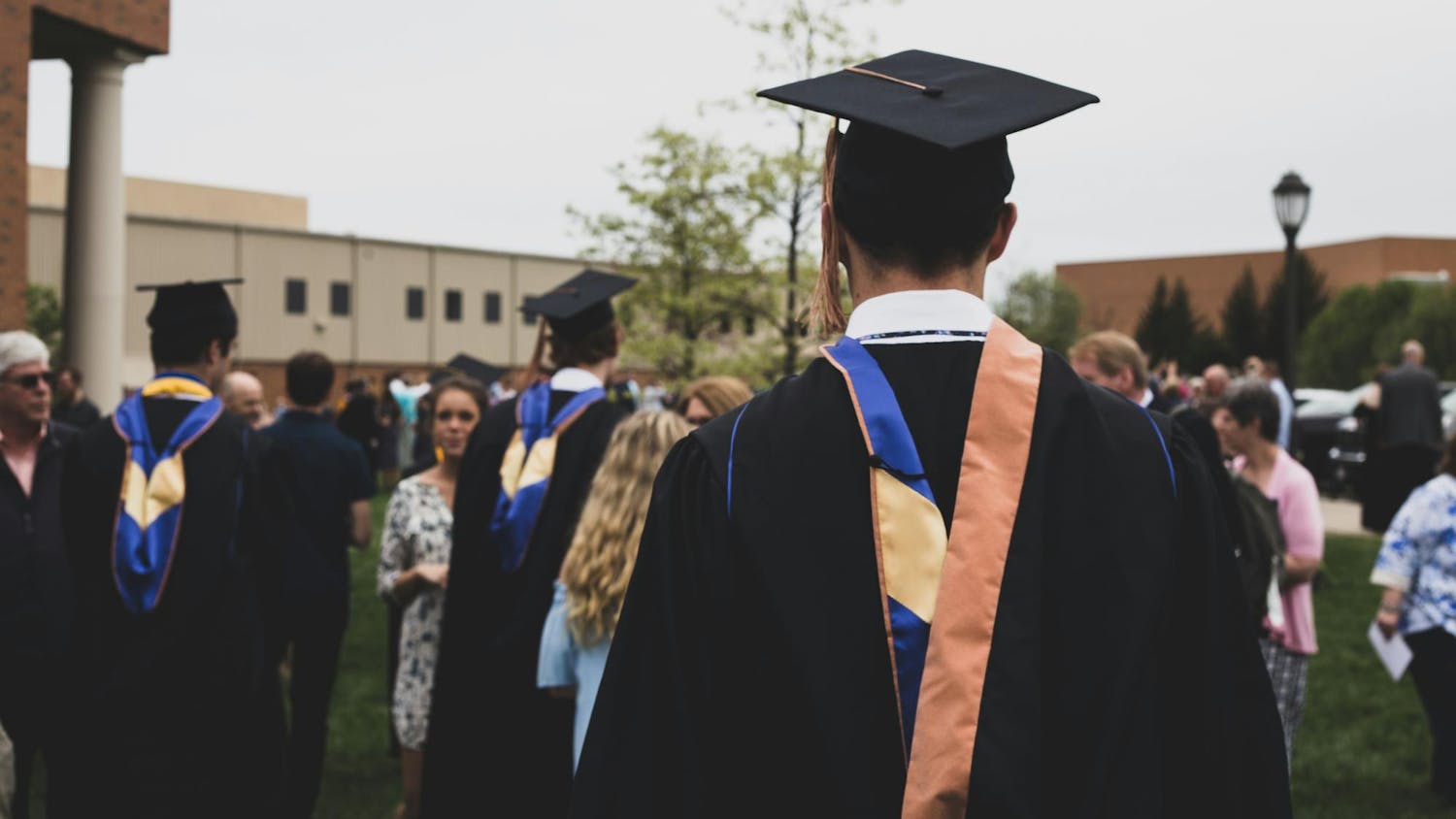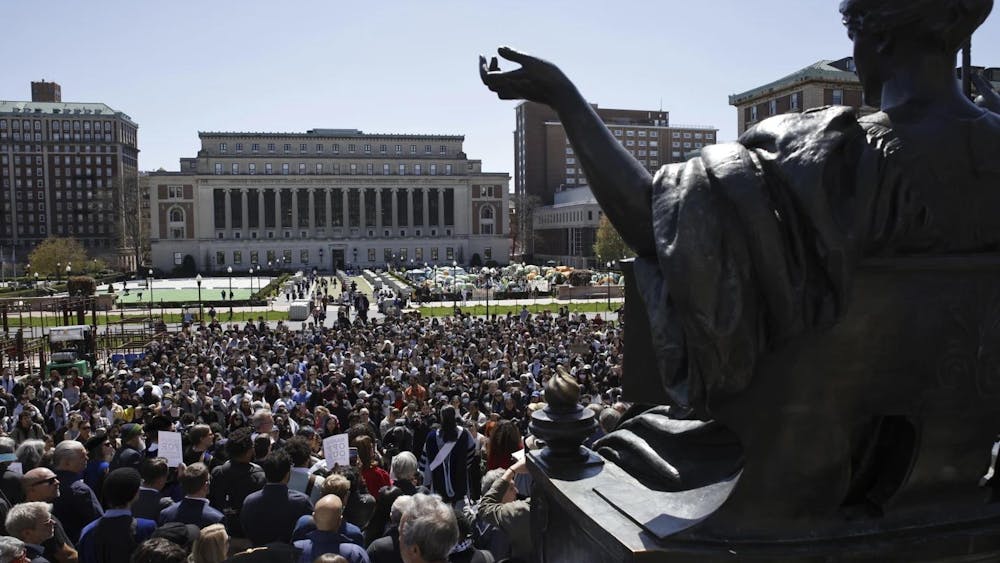Earlier this month, the National Academy of Sciences selected a Notre Dame professor to join a risk assessment committee evaluating plans for a new Department of Homeland Security (DHS) animal disease research facility.
Ahsan Kareem, the Robert Moran Professor of Civil Engineering and Geological Sciences, will use his expertise in wind engineering to assess how the building would withstand natural disasters.

"One looks at scenarios to be sure the basic safety steps are built in," Kareem said.
According to the DHS website, Kareem will work with 16 experts on the committee considering plans for the Planned National Bio- and Agro-Defense Facility (NBAF), to be built in Manhattan, Kansas. The building will house those conducting research, creating vaccines and medications for livestock and training professionals to respond to diseases spread from animal-to-animal and from animals-to-human.
Because the NBAF will contain strains of viruses like Foot and Mouth Disease and Classical Swine Fever, it is of the upmost importance that the building withstands natural disasters. Kareem serves on the second committee to review the NBAF. The first committee's recommendation lead to the revised plan currently under consideration, he said.
"In this case, if the building collapses, it is a serious problem," Kareem said.
Kareem said final funding from Congress rests on the recommendation of the committee on how the building would fare in probable risks. The committee also contains veterinarians, microbiologists, meteorologists and risk-assessment specialists.
"It's a politically hard item because it is mandated by Congress, and they want to make sure everything goes well," he said. "Whenever Congress wants an unbiased opinion they go to an academy."

Kareem said the appointment process selected completely unbiased members, as the Academy of Science posted nominees' biographies online for public objection and circulated the list of members to relevant interest groups. The Academy does not compensate the experts in order to ensure the accuracy of the recommendation, he said.
"Everything is in the open; it's very transparent," he said.
The facility's location in Manhattan, Kansas, the heart of tornado alley, makes the building extremely susceptible to tornadoes, he said.
"Manhattan is an area where there have been strong tornadoes. Anytime, anything can happen … One must look at the risk … of tornado strength," Kareem said. "Then we look at the structure to find the weak links."
The DHS website explained that despite the risk of tornados, the NBAF will benefit from this location on the campus of Kansas State University, the location of existing facilities for similar bio-security research. It will also be near a major hub of the veterinary pharmaceutical industry.
Kareem was selected for his expertise on the impact of high winds and other natural phenomenon, he said. Kareem investigated the collapse of a scissor-lift on campus that killed junior Declan Sullivan in 2010, and has explored buildings that have failed in hurricanes. He has also served for six years on a committee on natural disasters for the Academy of Sciences, he said.
"In our profession, you have to do these kinds of things if asked," he said.
The committee will meet next week to make its final recommendation on the project, which is projected to be operational in 2020. Although this project for the DHS is more sensitive and classified than other projects, Kareem said he uses the same methodology when considering the NBAF plans.
"What is the possibility of something happening, what are the consequences, and how do those consequences affect society," Kareem said.












